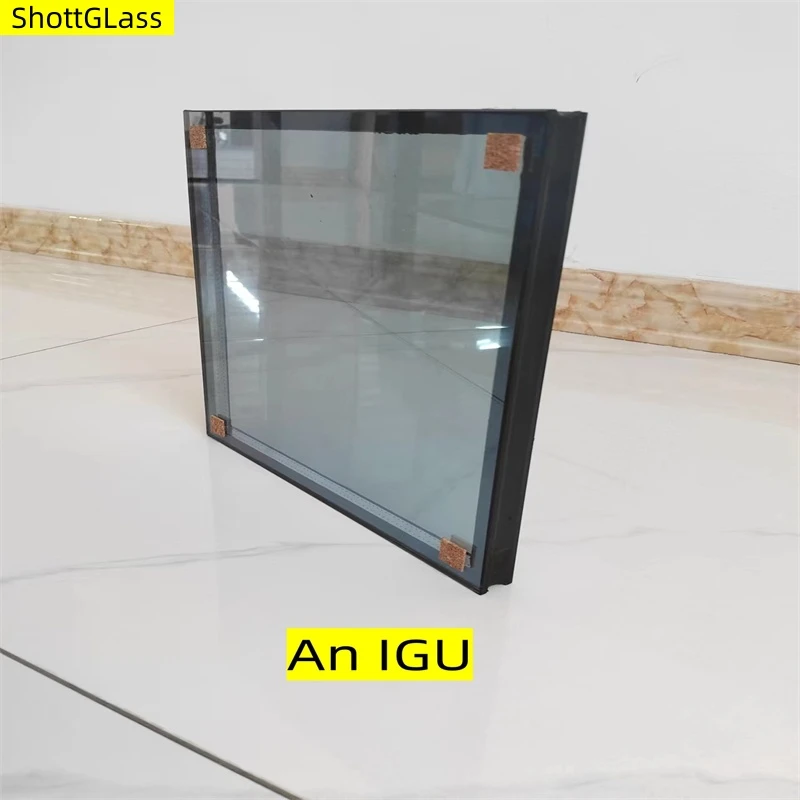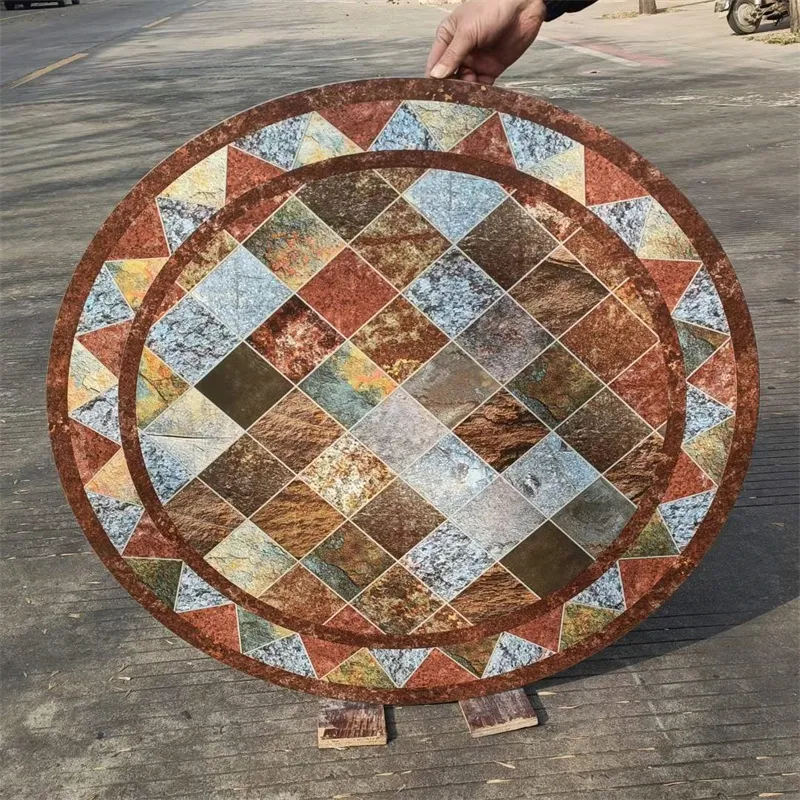Nov . 21, 2024 13:39 Back to list
low iron toughened glass
The Benefits of Low Iron Toughened Glass
Low iron toughened glass is an innovative material that has gained significant popularity in various industries due to its exceptional clarity, strength, and aesthetic appeal. Characterized by its reduced iron content, this type of glass offers numerous advantages over traditional glass products, making it an ideal choice for architectural, automotive, and decorative applications.
One of the primary benefits of low iron toughened glass is its unparalleled transparency. The reduced iron content minimizes the greenish tint commonly associated with standard glass, allowing for higher light transmission. This feature is particularly beneficial in architectural designs that aim to create bright and airy environments. Whether used in facades, skylights, or glass doors, low iron glass allows natural light to flood indoor spaces, enhancing the overall ambiance.
In addition to its aesthetic advantages, low iron toughened glass also boasts superior strength. The toughening process involves heating the glass to high temperatures and then rapidly cooling it, resulting in a product that is much stronger than standard glass. This increased durability makes it ideal for high-impact applications, such as shower enclosures, glass railings, and large window panels that must withstand environmental stresses. The added strength also contributes to safety; in the event of breakage, toughened glass shatters into small, blunt pieces, reducing the risk of injury.
low iron toughened glass

Another key advantage of low iron toughened glass is its versatility
. It can be fabricated into various shapes and sizes, allowing for creative designs and innovative applications. This flexibility makes it a favored choice among architects and designers who seek to push the boundaries of traditional construction materials. Whether used as a single large pane or in complex assemblies, low iron glass can be shaped and polished to meet specific design requirements.Energy efficiency is another important consideration for modern building materials, and low iron toughened glass excels in this area as well. The high light transmittance means that it can help reduce the need for artificial lighting during the day, contributing to lower energy consumption. Additionally, when combined with low-emissivity (low-E) coatings, it can significantly improve thermal performance, keeping buildings cooler in the summer and warmer in the winter.
The eco-friendliness of low iron toughened glass cannot be overlooked. Being fully recyclable, it helps minimize environmental impact. The durability of this material also extends its lifespan, reducing the need for frequent replacements and thereby conserving resources over time.
In conclusion, low iron toughened glass stands out as a remarkable material that combines aesthetic beauty with practical performance. Its superior clarity, strength, versatility, energy efficiency, and eco-friendliness make it a preferred choice for a wide range of applications. As industries continue to seek innovative solutions, low iron toughened glass is sure to play a pivotal role in shaping the future of construction and design.
-
Safety and Style with Premium Laminated Glass Solutions
NewsJun.24,2025
-
Reinvents Security with Premium Wired Glass
NewsJun.24,2025
-
Premium Float Glass Line for Modern Architecture
NewsJun.24,2025
-
Low Emissivity Glass for Energy-Efficient Architecture
NewsJun.24,2025
-
High-Performance Insulated Glass Solutions for Modern Architecture
NewsJun.24,2025
-
Elevates Interior Style with Premium Silver Mirror
NewsJun.24,2025
Related PRODUCTS














